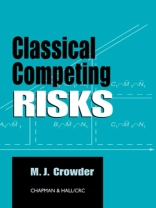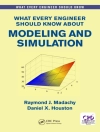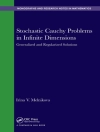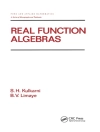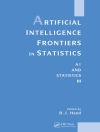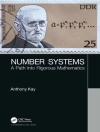If something can fail, it can often fail in one of several ways and sometimes in more than one way at a time. There is always some cause of failure, and almost always, more than one possible cause. In one sense, then, survival analysis is a lost cause. The methods of Competing Risks have often been neglected in the survival analysis literature.
Written by a leading statistician, Classical Competing Risks thoroughly examines the probability framework and statistical analysis of data of Competing Risks. The author explores both the theory of the subject and the practicalities of fitting the models to data. In a coherent, self-contained, and sequential account, the treatment moves from the bare bones of the Competing Risks setup and the associated likelihood functions through survival analysis using hazard functions. It examines discrete failure times and the difficulties of identifiability, and concludes with an introduction to the counting-process approach and the associated martingale theory.
With a dearth of modern treatments on the subject and the importance of its methods, this book fills a long-standing gap in the literature with a carefully organized exposition, real data sets, numerous examples, and clear, readable prose. If you work with lifetime data, Classical Competing Risks presents a modern, comprehensive overview of the methodology and theory you need.
Martin J. Crowder
Classical Competing Risks [PDF ebook]
Classical Competing Risks [PDF ebook]
Köp den här e-boken och få 1 till GRATIS!
Formatera PDF ● Sidor 200 ● ISBN 9781420035902 ● Utgivare CRC Press ● Publicerad 2001 ● Nedladdningsbara 3 gånger ● Valuta EUR ● ID 5697678 ● Kopieringsskydd Adobe DRM
Kräver en DRM-kapabel e-läsare
